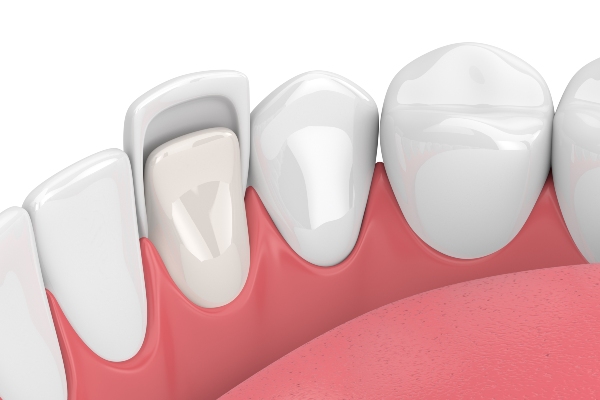 A family dentist plays a key role in the oral health of patients both young and old. According to the Centers for Disease Control, approximately one in five children between the ages of 5 and 11 have untreated cavities. There is more access to dental care than ever before, but many parents struggle with establishing effective oral care routines for their children. It is important that families know how to care for a child's teeth from birth to adulthood.
A family dentist plays a key role in the oral health of patients both young and old. According to the Centers for Disease Control, approximately one in five children between the ages of 5 and 11 have untreated cavities. There is more access to dental care than ever before, but many parents struggle with establishing effective oral care routines for their children. It is important that families know how to care for a child's teeth from birth to adulthood.
3 tips for preventing cavities in children
When discussing home care with parents, a family dentist encourages careful consideration of food and drinks given. Oral hygiene instructions are also important in this discussion.
1. Limit sugary snacks and beverages
One of the most obvious ways to reduce the risk of cavities in young children is to cut out sweets and candy. Parents should realize that there can be also other sources of sugar in the diet. Fruit juices are high in sugar content, and bread and pasta break down into sugars in the mouth. Parents must consider everything in the child's diet and eliminate unnecessary sugar sources. Carb-loaded snacks can be occasional treats, but it is better to stick to nutritious whole foods when possible.
2. Avoid drinks before bedtime
When a baby or toddler does not sleep well, parents may become desperate and put them to bed with a bottle of milk or sippy cup of juice. However, this leads to an increased risk of childhood cavities. Ideally, the child should have no beverages after brushing their teeth before bed. Milk and fruit juices have sugar that will break down enamel. Because salivary flow is reduced during sleep, these beverages are even more detrimental at night.
If the child is accustomed to sleeping with a bottle or sippy cup, it can be a big transition to go without. A family dentist may recommend only putting water in it at night until the child is no longer dependent on it to sleep.
3. Brush and floss teeth daily
Establishing oral care routines from a young age is essential for creating good hygiene habits for life. As soon as a baby has teeth coming through the gums, the parent should use a small, soft toothbrush or rag to wipe the teeth after feeding. Babies typically begin teething at six months old, but parents can get a baby used to this sensation even earlier by wiping the gums with a washcloth during bathtime. Once the baby has teeth that are touching, the parent can attempt to floss. Often, floss picks are easier to use than traditional string floss.
Conclusion
Keeping a child healthy is one of a parent's main goals. Oral health is important for overall health, so parents should be diligent about establishing and maintaining good oral hygiene habits for young children. The CDC notes that cavities are the most common chronic disease for children. Because this is largely preventable, it is important that parents are given the right information for keeping a child's mouth healthy. For more information, a consultation with a family dentist and hygienist is recommended.
Request an appointment or call Sonoran Desert Dentistry at 480-439-0117 for an appointment in our Scottsdale office.
Recent Posts
A family dentist might recommend fluoride treatments for patients with decayed or sensitive teeth. These treatments can reverse the demineralization stage of gum disease and strengthen enamel, protecting teeth from decay for up to six months. Fluoride treatments are often performed after teeth cleanings to protect patients until their next routine appointment.Fluoride is a natural…
If you follow recommendations from the American Dental Association, you should visit your family dentist twice a year. These visits provide more than just a cleaning and dental exam; they give you the opportunity to talk with your dentist about proper oral healthcare. While it could be intimidating or embarrassing to open up to your…
Taking young children to the family dentist can be overwhelming at times, especially because they are more prone to dental fear and anxiety. However, dental care is essential for children, just as it is for adults, and should start at a very young age. The American Dental Association recommends that children visit the dentist as…


